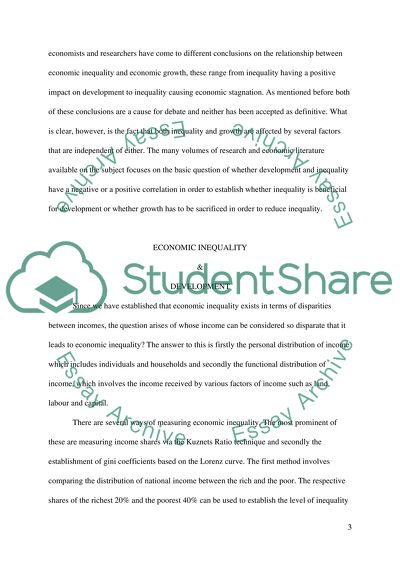Cite this document
(The Relationship between Economic Inequality and Economic Growth Case Study, n.d.)
The Relationship between Economic Inequality and Economic Growth Case Study. Retrieved from https://studentshare.org/macro-microeconomics/1578346-how-can-inequality-undermine-the-development-of-a-country
The Relationship between Economic Inequality and Economic Growth Case Study. Retrieved from https://studentshare.org/macro-microeconomics/1578346-how-can-inequality-undermine-the-development-of-a-country
(The Relationship Between Economic Inequality and Economic Growth Case Study)
The Relationship Between Economic Inequality and Economic Growth Case Study. https://studentshare.org/macro-microeconomics/1578346-how-can-inequality-undermine-the-development-of-a-country.
The Relationship Between Economic Inequality and Economic Growth Case Study. https://studentshare.org/macro-microeconomics/1578346-how-can-inequality-undermine-the-development-of-a-country.
“The Relationship Between Economic Inequality and Economic Growth Case Study”. https://studentshare.org/macro-microeconomics/1578346-how-can-inequality-undermine-the-development-of-a-country.


